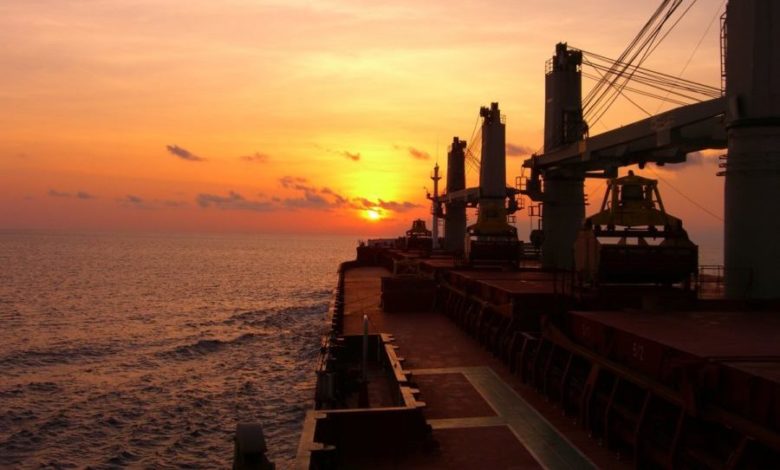‘2017 will see the players who will shape the future emerge’

All week we’re peering into the future, questioning what 2017 has in store for shipping. Today we ask the founder of Futurenautics, KD Adamson, for her predictions on the coming 12 months.
2017 will see the foundations of what the shipping industry will become being laid down; the ecosystems, platforms and relationships begin to align, and the players who will shape the future emerge. The likelihood is that they will be quite different to those currently featuring on industry influence lists. For some people all this will appear to come out of the blue, but in reality the tectonic plates have been shifting for several years now and what you’ll see is the product of investment, big strategic thinking, and sheer hard work.
Shipping is becoming information-enabled and shifting onto an exponential growth curve rather than the linear one we’re used to. In the relationship between the two there’s an inflection point after which those on the exponential curve begin to accelerate away very quickly. The difference is so dramatic that catching them soon becomes pretty much impossible. Shipping could well reach that inflection point in 2017.
The linear view – counter-cyclical investment in tonnage and knowing how to operate ships – is unlikely to deliver competitive differentiation going forward. We build our own futures, but those who don’t start creating a digital vision for their organisation inside the next twelve months will have a profoundly tougher one than those you’re going to see break cover in 2017.

Great insight for truly developing a “Digital Vision” will increasingly become important to more maritime shipping companies in 2017.
I am not sure that I understand this. Maybe I am just too stupid to take in what is being said, here.
The last “information revolution” to hit the merchant shipping business was the development of the subsea cable network in the 19th century. The vastly improved access to cargo information that this permitted allowed tramp steamships – expensive to build and to operate – to out-compete sailing ships, and allowed effective canvassing for cargoes by the even more expensive to build and operate steam liners.
What is there in the physical world of shipping as it is now that can take advantage of an improvement in the ability to assimilate and convey information on a similar scale?:
If KD Adamson is alluding to the overthrow of today’s liner empires, then I agree, and I said so earlier this month. But I don’t see exponential growth.
I wish she would explain her explanation.
To respond to Andrew’s question “What is there in the physical world of shipping as it is now that can take advantage of an improvement in the ability to assimilate and convey information on a similar scale?”
It’s not the physical world of shipping that KD Adamson is alluding to; i.e. The counter-cyclical investment in tonnage and knowing how to operate ships. That’s the old linear model which has bankrupted the shipping industry despite world trade doubling over the past 15 years.
The answer is to wake up to the increasing digitalisation of all aspects of global logistics, and that data (being generated at an exponential rate) is a ‘physical’ asset that can be assimilated, modeled and leveraged to overcome the shipping industry’s inefficiencies.
I think KD Adamson is making the point that it is not going to be business as usual for this industry in 2017, namely, ship owners, operators and ship managers etc. and unless we adapt and change our business models to create more value, then changes will take us by surprise. A case in point is the Splash story on 5th January 2017: reporting that Maersk Line has teamed up with Alibaba so that customers can book space on Maersk vessels by using Alibaba’s OneTouch website, which potentially removes freight forwarders as middlemen.